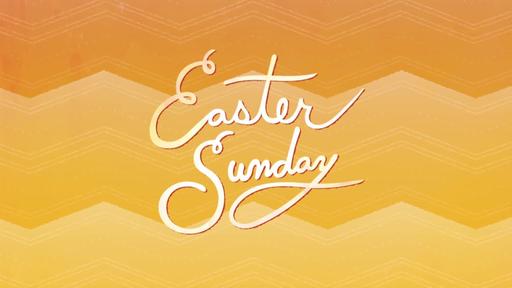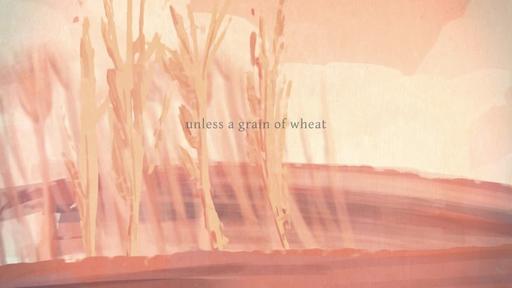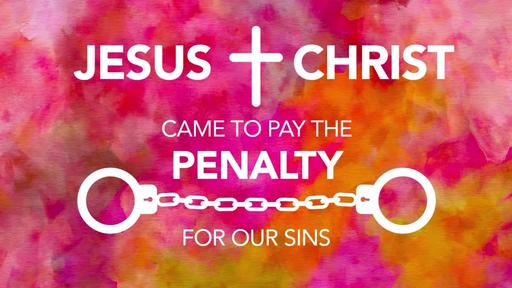Easter 2022, Part 2
Sunday April 24, 2022
Yeshua - The Pesach Lamb
1 - The Preparation
2 - The Kiddush
3 - The Urchatz
4 - The Karpas
5 - The Yachatz
6 - The Korech
7 - The Third Cup
8 - Hallel
End of 1st Service - Easter
2nd Service - Easter
The Messianic Implications of Passover/Pesach
Verse 1 - 2
Verse 3
Verse 4
Verse 5 - 6
Verse 7
Verse 8
Verse 9
The Fulfillment of Isaiah 53:1-9 in the New Testament
Verse 1 - 2
Verse 4
Verse 3
Verse 5
Verse 6
Verse 7
Verse 8
Verse 9
End of 2nd Service - Easter
Sunday April 24, 2022
Yeshua - The Pesach Lamb
First Portrayal as the Pesach Lamb.
Second Portrayal as the Pesach Lamb.
Third Portrayal as the Pesach Lamb.
Fourth Portrayal as the Pesach Lamb.
Other Passages
Set Aside the Peschal Lamb
The Pesach Lamb Sacrifice
Instructions for the treatment of the Pesach Sacrifice:
END PESACH LAMB
Errata and Sweep Up
Feast of Unleavened Bread vs. Pesach
Mtt 26 Observations:
Mark 14 Observations:
Luke 22 Observations:
The Day of His Death
the Babylonian Talmud states: “When the time is undefined part of a day is reckoned as a whole day.”[311]
Understanding the Jewish frame of reference helps reconcile Yeshua’s seemingly contradictory statements, and three conclusions can be drawn. First, the resurrection was to be on the third day,and although Yeshua was in the tomb in the early hours of the third day, later on that same day, He was resurrected. Therefore, He was resurrected on the third day. Friday was His first day in the tomb, Saturday the second, and Sunday the third.
Second, the resurrection was to be after three days, and since Yeshua was in the tomb part of Sunday, it counted for all of Sunday. Therefore, from a Jewish point of view, counting one full day and the two partial days as whole days, Yeshua was not only resurrected on the third day, He was also resurrected after three days.[312]
Third, the Jewish expression three days and three nights is also reconcilable, for it is a figure of speech referring to any period of time that touches three days and is used in the Hebrew Scriptures several times (Gen. 42:17-18; I Sam. 30:12-13; I Kgs. 20:29 [seven days]; II Chron. 10:5, 12; Esth. 4:16, in comparison with 5:1).
All this is to say that the Gospels were written by Jews using the Jewish frame of reference to reckon time. In keeping with their frame of reference and terminology, Yeshua was buried on Friday before sundown and before the Sabbath began. He was resurrected sometime after the Sabbath, on Sunday, the first day of the week. From a Jewish perspective, the Sabbath had already ended and the first day of the week had already begun as of sundown Saturday.
(1) On the first day of this week, He rode into Jerusalem on a donkey. This became known as His triumphal entry. In the days to follow, Yeshua made daily trips from Bethany to the Temple area, where He taught, allowing everyone to examine His teachings.[317] At night, He returned to Bethany.
(2) On the night of the Passover, He entered Jerusalem and made His way to the Upper City, which included modern-day Mount Zion (the biblical Mount Zion was the Temple Mount). It was there that He held His last Passover in the upper room with His family of disciples. The map shows an approximation of where that upper room may have been, but it could have been anywhere in the Mount Zion area.
(3) After the Passover meal, Yeshua went to the west side of the Mount of Olives at Gethsemane.
(4) There, He was arrested and forced to walk up to the Upper City, where the homes of the high priests were located. He under-went the trial before Annas and then Caiaphas, who condemned Him to death on the basis of a charge of blasphemy.
(5) From there, He was taken to the Antonia Fortress, where He underwent the first stage of His Roman trial before Pontius Pilate. However, Pilate, learning that He was from Galilee, sent Him to Herod Antipas, who was staying at the Hasmonean Palace. There, Yeshua underwent the second stage of the civil trial. Herod sent Him back to Pilate at the Antonia Fortress, where He was flogged and eventually condemned to death.
(6) Then, He began His slow walk along what is known today as the Via Dolorosa from the Antonia Fortress to just outside the second wall, to a place called Golgotha. Based upon Messianic Jewish history as well as archaeological evidence, the Church of the Holy Sepulchre marks the actual spot of Yeshua’s death and burial.




